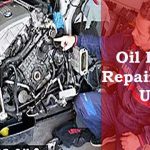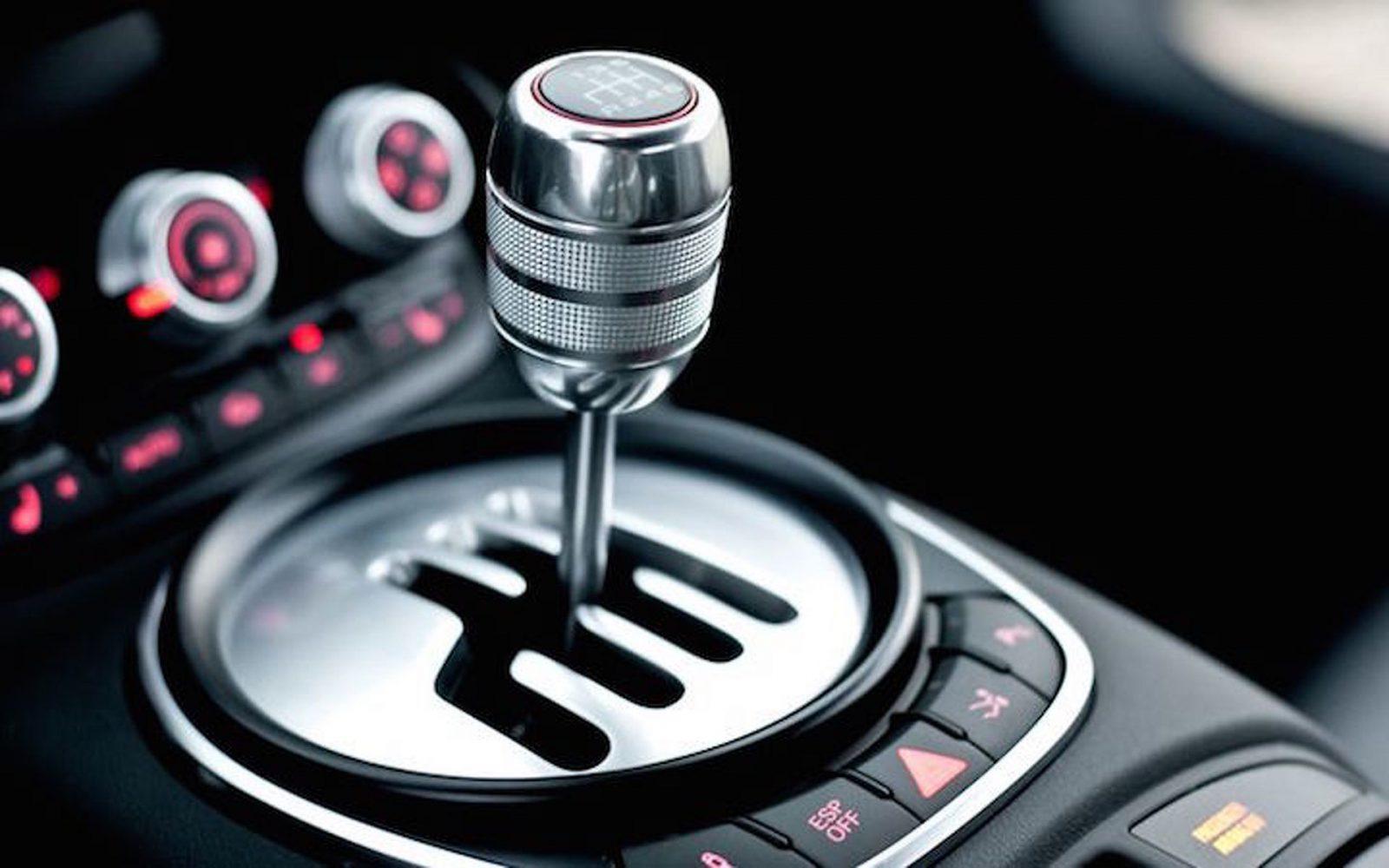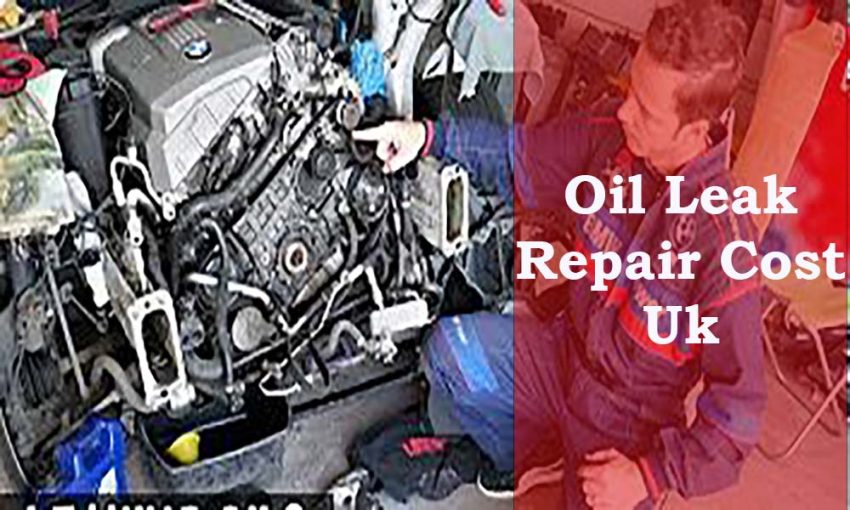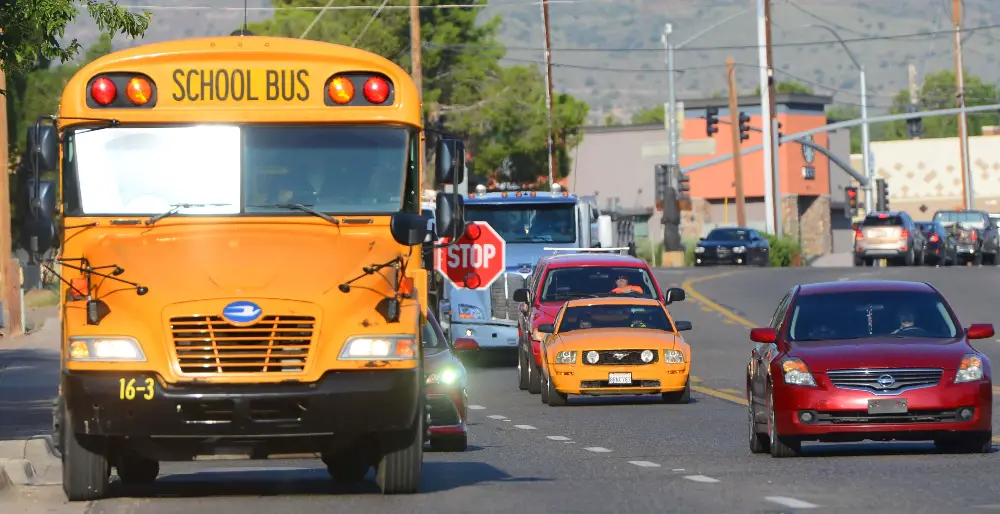Yes, a car can roll backwards in first gear, especially on an incline, if the engine’s power is insufficient to counteract gravity.
Moreover, This is more common in manual transmission cars, where the engine’s torque might not be enough to prevent rolling. The “hill start” technique can be used to prevent rolling backward.
In addition, some automatic transmissions have features to prevent rolling, but without these, automatic cars can also roll backward in first gear on inclines.
Furthermore, the specific outcome depends on factors like the car’s design, engine condition, incline steepness, and driver skill.
How To Prevent Rolling Backwards in Manual Transmission Cars?
Mastering the art of preventing rollbacks in manual transmission cars hinges on a delicate balance of clutch control and strategic vehicle positioning.
Explanation of Manual Transmission and Gear Functions
Manual transmission, also known as a stick-shift or standard transmission, is a type of transmission system in vehicles where the driver manually selects different gears to control the power and speed of the vehicle.
Moreover, the gearbox contains a series of gears with different gear ratios, ranging from lower gears (higher torque, lower speed) to higher gears (lower torque, higher speed).
In addition, the driver uses the clutch pedal to disengage the engine from the transmission and shift gears manually using the gear stick.
Role of Engine Torque and Power in Preventing Rolling
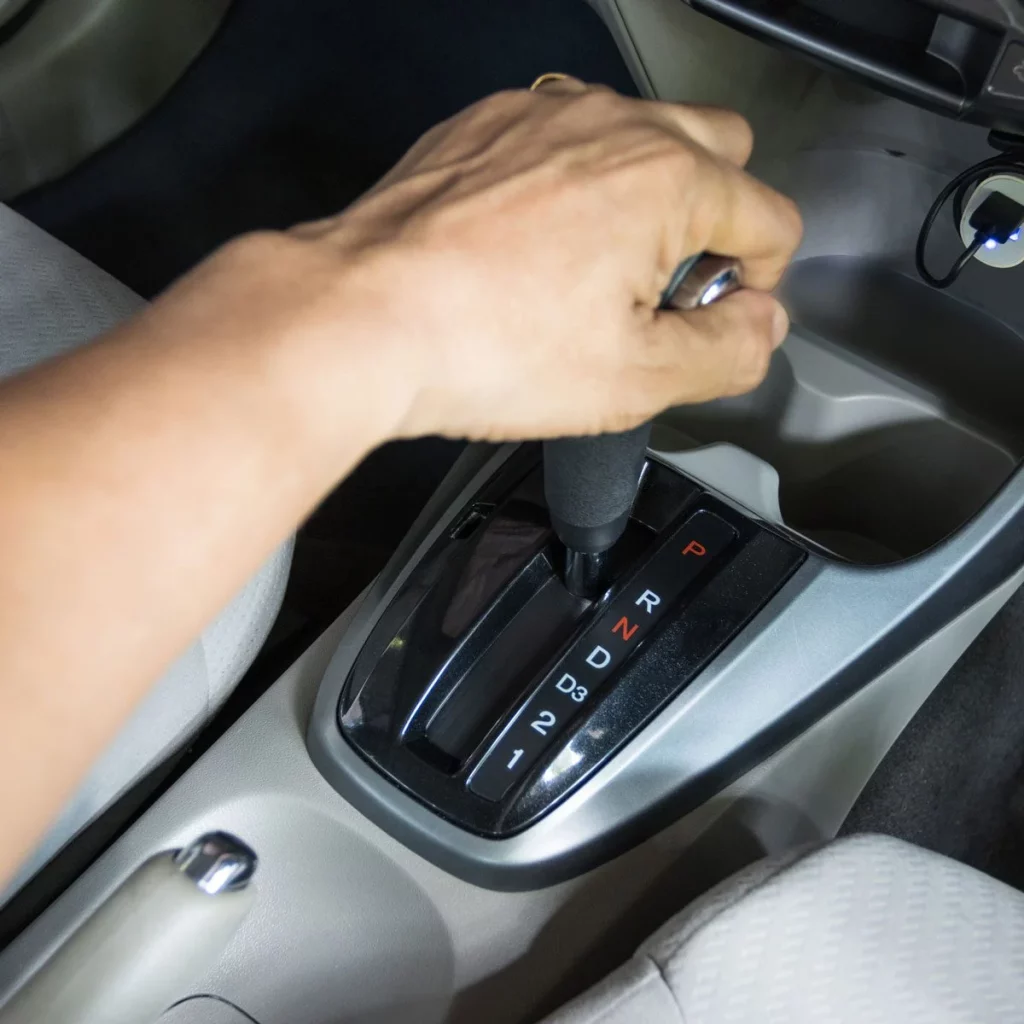
In a manual transmission car, the engine generates torque, which is the rotational force that enables the car to move. When starting from a stop or on an incline, using the first gear provides the highest torque output, making it suitable for overcoming resistance.
However, the trade-off is that first gear also offers the lowest speed range. This means that while the engine provides the necessary force to move the car. It might not be enough to counteract the gravitational force pulling the car backwards on an incline.
Scenario: Rolling Backwards on Inclines in 1st Gear
Insufficient Engine Power vs. Gravity: When a manual transmission car is on an incline, and the driver releases the clutch while in first gear without applying enough throttle. Moreover, the engine’s power might not be sufficient to overcome the force of gravity.
In this scenario, the car can start rolling backward. This is especially noticeable on steep inclines or if the engine is not operating optimally.
Use of “Hill Start” Technique
To prevent rolling backward in this situation, experienced drivers use a technique called the “hill start.” The hill start involves the following steps:
- Engage the parking brake (handbrake) to keep the car stationary.
- Depress the clutch pedal to disengage the engine.
- Apply throttle while keeping the clutch engaged to increase engine power.
- Gradually release the clutch while simultaneously releasing the parking brake.
- As the clutch engages, the increased engine power prevents the car from rolling backward.
This technique essentially balances the engine’s power against the gravitational force, allowing the car to start moving forward smoothly without rolling backward.
What Prevents Automatic Transmission Cars From Rolling Backwards?
In the realm of automotive engineering, the ingenious design of automatic transmissions goes beyond effortless gear shifts.
Variability in Behavior Among Automatic Transmissions
Automatic transmissions come in various designs and configurations, which can result in different behaviors when it comes to rolling backward.
Additionally, some automatic transmissions are designed with a “creep” feature, where the car moves forward slightly when the brake pedal is released without the accelerator being pressed. However, this behavior can vary between different car models and manufacturers.
Hill Hold or Hill Start Assist Features
Many modern automatic transmission cars are equipped with a feature known as “hill hold” or “hill start assist.” This feature is designed to prevent the car from rolling backward on inclines when transitioning from the brake pedal to the accelerator pedal.
Furthermore, when the car is stopped on an incline and the brake pedal is pressed, the hill hold feature engages the brakes to keep the car stationary.
Moreover, it maintains brake pressure for a short duration after the driver releases the brake pedal, giving them time to move their foot to the accelerator without the car rolling backward.
Scenario: Potential for Rolling Backwards in Automatic Cars
Engine Power and Gravity Interaction: In automatic transmission cars, the potential for rolling backward is influenced by the interaction between engine power and the force of gravity.
Moreover, when the driver releases the brake pedal and the car is on an incline, the car’s weight and gravity will attempt to pull it downward. The engine’s power needs to overcome this force to keep the car stationary or move it forward.
Dependence on Specific Car Characteristics: The potential for rolling backward in automatic cars also depends on the specific characteristics of the vehicle.
Furthermore, factors such as the engine’s power output, the transmission’s design, the size of the car, and the incline’s steepness can all influence whether the car rolls backward.
Some automatic transmissions are tuned to engage more quickly, while others might have a slight delay before responding to the driver’s input. Additionally, the responsiveness of the throttle and the transmission’s engagement strategy can vary from car to car.
What Factors Influence Outcomes?
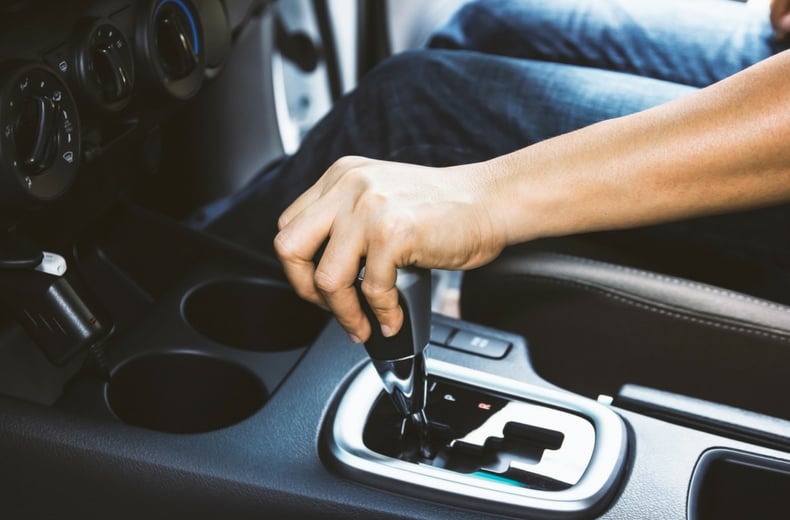
What outcomes unfold often trace back to a complex interplay of various influential factors, shaping the path to success or failure.
Influence of Engine Condition
The condition of the car’s engine plays a significant role in whether it can prevent rolling backward. An engine in good condition generates the necessary power and torque to overcome gravity, particularly when the car is on an incline.
Regular maintenance, proper tuning, and ensuring that the engine is operating optimally are crucial factors that can determine whether the car can prevent rolling backward. Moreover, especially in challenging situations like steep inclines.
Impact of Incline Steepness
The steepness of the incline greatly affects the likelihood of a car rolling backward. On a gentle incline, the force of gravity is relatively weaker, and the car might be less likely to roll backward even with lower engine power.
However, on steeper inclines, the force of gravity becomes more significant, and the engine needs to generate more power to counteract it effectively.
Driver Skill and Familiarity with Techniques
The skill and experience of the driver play a critical role in preventing rolling backward.
Skilled drivers are more adept at using techniques like the hill start method in manual transmission cars or smoothly transitioning between the brake and accelerator pedals in automatic cars.
Familiarity with the vehicle’s behavior, such as knowing when to apply throttle, release the clutch, or engage the accelerator, can help prevent rolling.
Potential Differences Based on Car Design
Different car designs and features can lead to varying outcomes when it comes to preventing rolling backward. Factors like transmission design, throttle response, brake sensitivity, and electronic systems (such as hill hold features in automatic cars) all contribute to how effectively a car can prevent rolling backward.
For instance, a car with a sensitive throttle might respond more promptly to prevent rolling compared to one with a delayed response.
FAQ’s
Why did my car roll backwards while in gear?
Your car may have rolled backward due to insufficient engine power to overcome gravity, especially on an incline. It’s common, particularly in manual transmission cars, if the clutch is released without enough throttle.
Can a car roll in forward first gear?
Yes, a car can roll forward in first gear if the engine’s power is insufficient to counteract gravity, such as on a steep incline. This might happen in both manual and automatic transmissions.
Should I start the car in 1st or second gear?
When roll-starting a car, it’s generally recommended to use 2nd gear. This provides a better balance between torque and speed, making it easier to get the engine running.
What to do if your car starts rolling backwards?
If your car starts rolling backward unexpectedly, engage the brakes immediately and take control of the situation. In a manual transmission car, depress the clutch to disengage the engine.
How do you fix reverse gears?
Issues with reverse gears could result from various factors like linkage problems, clutch issues, or internal transmission problems. It’s best to have a professional mechanic diagnose and repair the specific cause.
Can a car roll backwards in neutral?
Yes, a car in neutral can roll if it’s on an incline. In neutral, the transmission isn’t engaged with the engine, so the car can move freely due to gravity.
What causes a car to roll?
A car can roll due to gravity, inadequate engine power, or improper use of the clutch and brakes, especially on inclines. Other causes might include mechanical issues or external forces.
What are signs of low transmission fluid?
Signs of low transmission fluid include delayed or rough shifting, slipping gears, strange noises, and transmission overheating. Checking and maintaining proper fluid levels is essential for transmission health.
Final Thought
In conclusion, the behavior of a car rolling backward depends on a multitude of factors, including transmission type, engine power, incline steepness, driver skill, and vehicle design.
For manual transmission cars, the engine’s torque in first gear might not always counteract gravity, leading to rolling backward on inclines. Skilled drivers can mitigate this using the “hill start” technique.
Additionally, automatic transmission cars vary in behavior due to transmission designs and features. Modern vehicles often incorporate hill hold features to prevent rolling backward on inclines by maintaining brake pressure during the transition from brake to accelerator.
In essence, whether a car can roll backward in first gear depends on a delicate interplay of mechanics, physics, driver competence, and vehicle technology, showcasing the intricate relationship between man and machine on the road.




